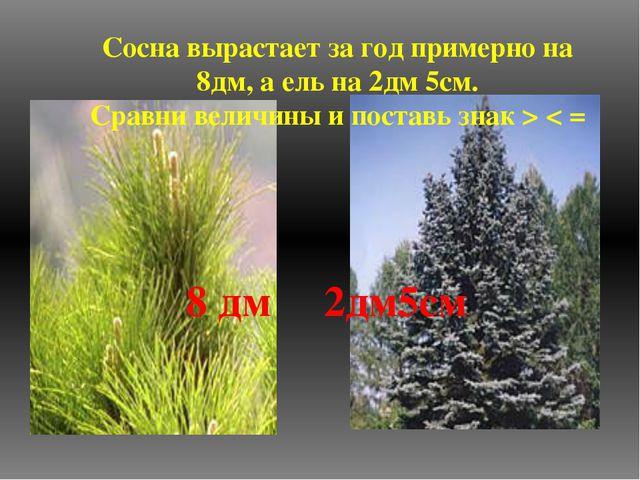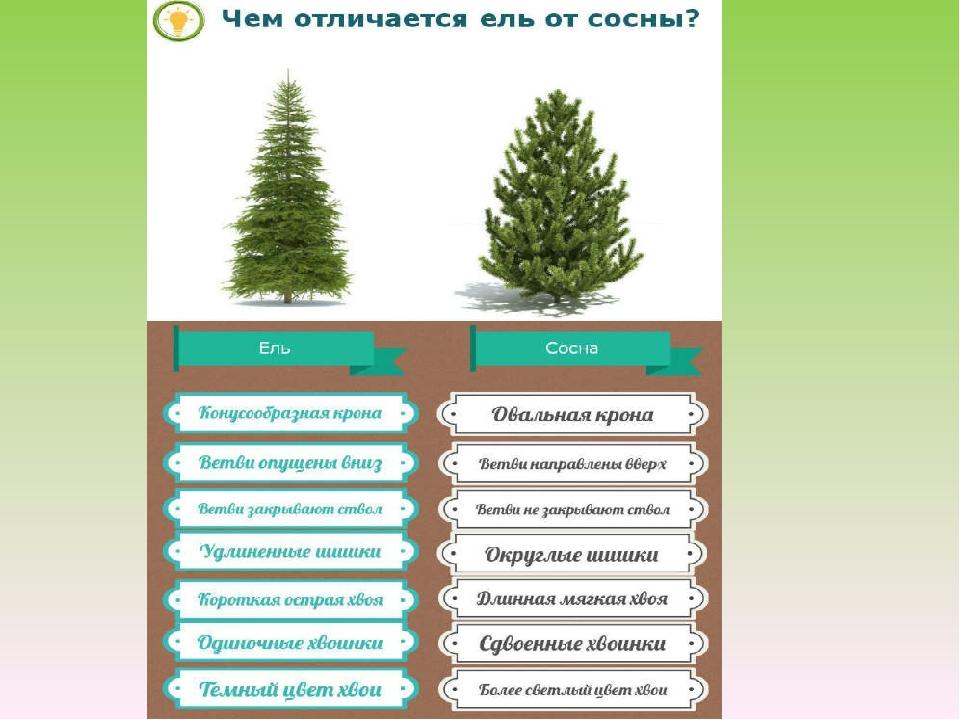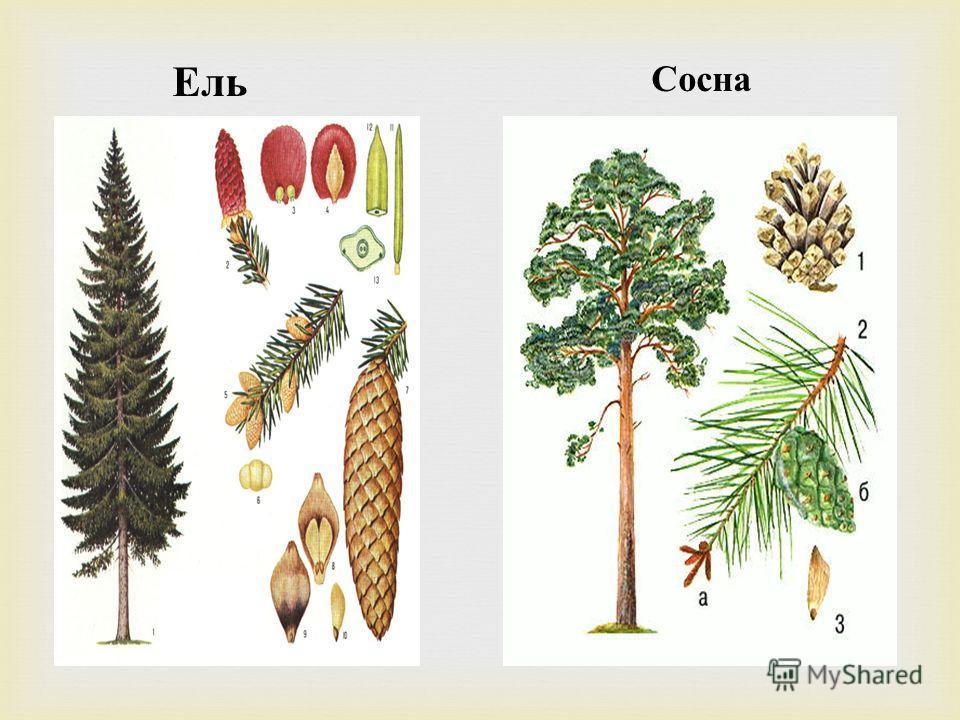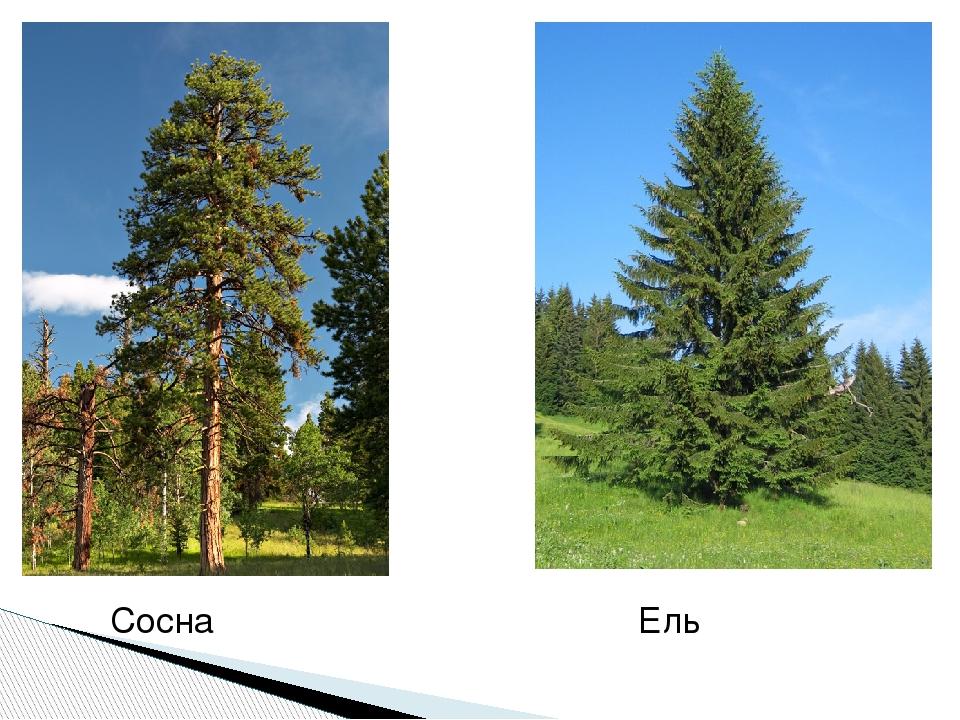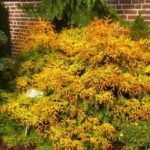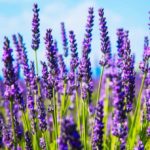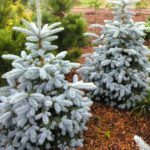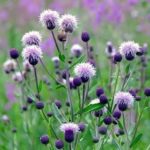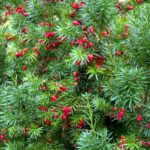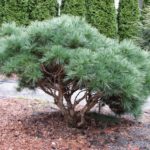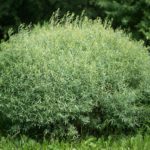Coniferous plants are considered all-season, and therefore they are often used to decorate garden plots. However, to choose the right crop, it is important to take into account many nuances. One of them is the growth rate of the plant. To achieve quick results, you need to understand what exactly grows faster - spruce or pine. There are also many other conifers that can quickly decorate an area.
Types of fast-growing conifers
Conifers are often used in landscape design.This is due to the evergreen crown, resistance to frost and temperature fluctuations, and ease of care. In addition, there are many varieties that can give good growth within the first year of life.
Fast-growing trees and shrubs are those that actively increase their mass in the first years of life, after which they slow down in development. In other plants, the active growth stage begins in mid-life. The seedlings of many deciduous trees grow at most a few centimeters per year. Moreover, their active growth begins only after 4-5 years.
If there is a need to quickly create a hedge or decorate a garden, you should pay attention to fast-growing coniferous plants. They provide protection to the area from dust, noise and wind. In addition, needles produce phytoncides, which have a good effect on the immune system and have a beneficial effect on the respiratory system.
Fir
Balsam fir is considered a prominent representative of fast-growing conifers. With adequate care, the annual growth of the crop is 20-30 centimeters. The tree has a lush dark green crown and can remain decorative throughout its life. The culture is characterized by resistance to frost, easily withstands shade and adapts to any type of soil.
A little-known variety is Douglas Menzies or Douglas fir. It belongs to the genus Pseudotsuga. The tree can reach a height of 100 meters. It is characterized by a cone-shaped crown and horizontally located shoots. Over the course of a year, the plant grows by 30-40 centimeters. The culture is considered undemanding to care. The only disadvantage of the plant is considered to be low frost resistance.
Cedar
The Himalayan cedar has the fastest growth in the garden. Under natural conditions, this crop grows mainly in mountainous areas, so it can easily adapt to different types of soil. Cedar easily withstands frosts and is undemanding to care. It has longer needles than other species. The needles are light green in color with a bluish tint. In 1 year, the tree grows by 30 centimeters. A mature tree can reach 50 meters. It can be used to decorate large areas and parks.
Juniper
This is a bright representative of fast-growing conifers. The shrub not only has distinct decorative characteristics, but also has excellent medicinal properties. This culture helps purify the air around it. At the same time, its needles can be used to prepare medicinal baths and decoctions. The tree is low maintenance and can withstand low temperatures and wind well.
To quickly green up your garden, experts advise using horizontal juniper. The shrub reaches a height of 30 centimeters and a width of 3 meters. This should be taken into account when designing a composition or rockery. Over the course of a year, the plant grows by 15-20 centimeters.
Another popular plant among gardeners is the Cossack juniper. The bush increases in height by 60 centimeters. Moreover, its width exceeds 5 meters. The plant is characterized by rapid growth. However, for this it is important to moisten the soil around the tree in a timely manner.
Under natural conditions, the shrub is found on the Black Sea coast and in forest areas. At the same time, it is capable of forming impenetrable thickets. Therefore, when growing in the garden, it is important to prune the plant on time.
Red cedar
This is one of the most slender conifers. Its branches are directed upward. An adult tree can reach a height of 5 meters. However, even in this case it remains slim. Due to this, the plant becomes an excellent addition to a small area. This type of conifer is characterized by a gray-blue color.
Larch
The downside of this plant is its size. An adult larch is distinguished by its gigantic size, reaching 25 meters. This crop is growing quite quickly. By the age of 10, it reaches a height of 5 meters. The plant is best used to decorate parks and large areas. At a young age, the culture looks quite slender and has a conical shape. The plant is distinguished by soft needles. At a more mature age, the appearance of the tree deteriorates as it loses its lower branches.
Metasequoia
This culture has an interesting history. Until the twentieth century, it was known only from the results of excavations. In 1941, several specimens of this oldest representative of the genus were discovered on the territory of one of the Chinese temples. From that moment his new story began.
Metasequoia is characterized by rapid development. By the age of 50, the tree grows to 20 meters. However, this is not the maximum size.The crown of the tree resembles a narrow cone. At a young age, metasequoia can become a decoration for a small garden. However, it is important for summer residents to take into account the full size of the tree. This tree is considered deciduous. With the arrival of autumn, its needles acquire a golden color.
Spruce
When designing a site, it is worth remembering about an ordinary Christmas tree. Fast-growing conifers include the Serbian variety, which grows by 30-50 centimeters every year. The tree is distinguished by a narrow conical shape, dark green needles and openwork shoots. The lower part of the crown is supplemented with white stripes. Due to this, the tree appears to be characterized by a bluish-green color. Brown-purple cones add additional decorativeness to the plant. Thanks to this, it is possible to obtain a sophisticated and original composition.
Features of fast-growing thujas
Like pine trees, fast-growing thuja species are unpretentious conifers that are highly decorative. That’s why they are often chosen to decorate a dacha. Such plants are distinguished by dense needles. Therefore, they are often used to create hedges. These compositions are characterized by pronounced decorative properties, but also provide protection of the area from wind, dust, and air pollution. Also, fast-growing thujas are often used to divide a site into zones.
To decorate a dacha, it is permissible to use the Brabant variety. This plant is highly decorative. It is characterized by a wide columnar crown. The height of the tree reaches 4-5 meters. Moreover, its width is 1-1.5 meters. The plant grows well in well-lit areas and in the shade.
The advantage of this type of thuja is that it is undemanding to the composition of the soil.In addition, the plant is generally unpretentious in care. The tree can easily withstand shaping and pruning. However, even without these procedures, the plant looks very decorative.
At the same time, this variety of thuja also has some disadvantages. One of the disadvantages is the change in color of the needles during the cold season. It takes on a brown or dark red hue. In addition, this tree is often subject to spring burns.
Another common representative of fast-growing thujas is the Smaragd variety. This plant has the same dimensions as Brabant. However, it is characterized by a conical shape. In addition, the needles of the crop always remain green. In addition, the variety rarely experiences spring burns.
Thuja variety Smaragd is perfect for creating hedges. It can also be used for single plantings or made the basis of a large composition. Smaragd is characterized by slower growth than Brabant. At the same time, it needs trimming less often.
If you want to plant a taller tree, you should give preference to the Columna variety. This culture is distinguished by its cylindrical shape. The plant reaches a height of 6-7 meters, and a width of 1-1.3. The shade of the crown does not depend on the season. Moreover, in 1 year the crop increases by 15-20 centimeters.
If you want to decorate your area with a more compact tree, the Holmstrup variety is suitable. Its height reaches 2.5-3 meters.A distinctive feature of this culture is the curly needles, which appear corrugated. In addition, the plant is undemanding to care and remains green throughout the year. The development of the plant is not considered too intense. In addition, it rarely needs pruning - no more than once during the season.
How to care for coniferous plants
Evergreens do not require special care. Young seedlings may suffer from spring burns, while adult conifers have higher viability.
For the full development of such cultures, the following is required:
- Soil without stagnant moisture. When planting conifers, it is important to take care of quality drainage. However, plants should not be placed in swampy areas. They will more easily withstand the absence of moisture than its excess.
- Protection of young seedlings from active sun. It is required from February to April. At this time, it is best to use special covering materials - in particular, lutrasil. In April it can be gradually removed. It is not recommended to open the plant completely. It takes time for him to adapt to the sun. Initially, the covering material is removed in the afternoon, but the duration of solar procedures is gradually increased.
- Protection from excess snow. Coniferous plants often suffer from this. Therefore, after heavy snowfalls, it is advisable to remove snow from the branches. If you do not do this, it can break a tree or bush with its weight. For prevention, you can protect the conifer from snow or tie it to give the plant a more compact size.
- The right choice of location. Many conifers cannot tolerate strong shade. Therefore, before choosing a place for planting, it is important to study the description of the variety.
- Fertilizer application.To get a lush and healthy crown, you need to apply fertilizers. However, it is recommended not to do this too often. The optimal frequency is 2 times during the season. The first time you need to fertilize is in the spring - at the stage of the beginning of active development.
To maximize the attractiveness of coniferous plants, it is important to take care of their combination with other crops. In large gardens you can create a composition from different pines and spruces. It is permissible to use cedar or larch as an accent. It is recommended to place an ensemble of different types of junipers in a small area.
Coniferous trees and shrubs are considered very popular. They are often used in landscape design. At the same time, for planting on the site, it is important to choose the right type of conifer and variety. To do this, it is necessary to take into account the growth rate of the crop. To green up your area in a short time, you should give preference to fast-growing varieties.

